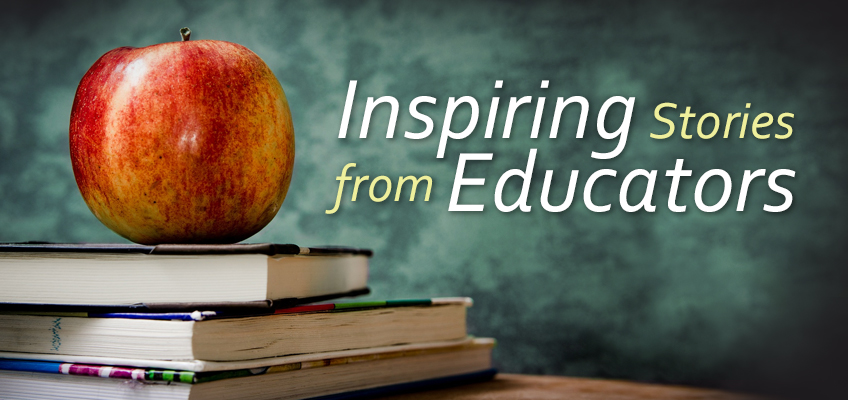📌 Introduction: The Age of Artificial Intelligence in Education
Artificial Intelligence (AI) is no longer a futuristic concept—it’s rapidly becoming a central force in shaping how we learn, teach, and assess. From intelligent tutoring systems to plagiarism detectors, AI is finding its place in every corner of the educational ecosystem.
But with great potential comes great debate. Is AI a friend, a tool, or a potential threat to students and educators?
This article dives deep into the opportunities, applications, ethical questions, and future of AI in education.
🤖 1. What Is Artificial Intelligence in Education?
AI in education refers to the use of computer systems that can perform tasks that normally require human intelligence. These tasks include:
- Understanding natural language
- Making decisions
- Personalizing content
- Detecting patterns
- Responding to queries
In education, AI is being used to:
- Analyze student data
- Provide real-time feedback
- Automate grading
- Deliver personalized learning paths
- Offer virtual tutoring
🧑🏫 2. Practical Applications of AI in Classrooms
📚 A. Intelligent Tutoring Systems (ITS)
These AI-driven platforms adapt content based on:
- A student’s pace
- Strengths and weaknesses
- Learning style
Examples: Carnegie Learning, Squirrel AI

📝 B. Automated Grading and Feedback
AI systems can:
- Grade multiple-choice questions instantly
- Provide grammar, syntax, and style suggestions
- Identify learning gaps from open-ended answers
Examples: Gradescope, Grammarly EDU, Turnitin Draft Coach
🧠 C. Personalized Learning Pathways
AI analyzes a student’s data (performance, engagement, etc.) to:
- Recommend study materials
- Predict future performance
- Guide them toward improvement
Example: Content suggestion algorithms in Khan Academy or Coursera
🎧 D. AI-Powered Language Learning
Tools like Duolingo and ELSA Speak use voice recognition and machine learning to:
- Correct pronunciation
- Adapt difficulty levels
- Provide immersive, gamified learning experiences
📊 E. Early Warning Systems
By analyzing behavioral and academic data, AI can:
- Flag students at risk of dropping out
- Detect signs of emotional stress
- Recommend early interventions
⚖️ 3. Advantages of Using AI in Education
✅ A. Accessibility & Inclusion
- AI-powered tools can support students with disabilities (text-to-speech, speech-to-text, real-time captioning).
- Language translation tools help bridge communication gaps for ESL learners.
✅ B. Efficiency
- Automates repetitive tasks like grading and attendance.
- Saves teachers valuable time to focus on interaction and support.
✅ C. Data-Driven Decisions
- Teachers and administrators get real-time insights to make informed decisions.
- Enables schools to track progress, allocate resources, and improve outcomes.
✅ D. Personalized Learning at Scale
- Adapts lessons to each learner
- Provides just-in-time remediation or enrichment
⚠️ 4. Concerns and Challenges of AI in Education
Despite the benefits, AI raises critical concerns:
🔐 A. Data Privacy
AI systems require vast amounts of data. But:
- Who owns that data?
- How is it stored and protected?
- Can it be used without bias?
🧑🏫 B. Teacher Displacement
There’s growing fear that AI could replace teachers, especially for content delivery or assessments. But can a machine truly replace empathy, intuition, and mentorship?
⚙️ C. Algorithmic Bias
AI can perpetuate or even amplify bias if trained on flawed or limited datasets. This could disadvantage minority or underrepresented groups.
🤖 D. Dependence on Technology
Overreliance on AI may lead to:
- Less critical thinking
- Reduced teacher authority
- Disconnection from human learning values
🤝 5. The Human-AI Partnership
AI should not replace teachers — it should enhance their capabilities.
🧑🏫 The Role of Teachers in the AI Era:
- Curating AI content
- Adding emotional intelligence and mentorship
- Using AI insights to personalize their teaching strategies
“AI can automate the process, but only humans can nurture the person.”
🔮 6. Future of AI in Education
Here’s where AI is headed:
🌍 Global Access to Education
AI-powered chatbots and tutors can teach millions with minimal cost, helping bridge the education gap worldwide.
🎓 Fully Personalized Education
Future classrooms could offer:
- AI-generated curricula
- Instant adaptability based on emotion and engagement
- Virtual AI mentors for every learner
🧬 Emotion AI
AI may one day read facial expressions, tone, and emotion to tailor responses and identify disengaged or distressed students.
🛡️ Ethical AI Policies
Expect new global frameworks to emerge around:
- Responsible AI use in education
- Transparent algorithm design
- Data ethics and ownership

✅ Conclusion: A Tool With Great Power — If Used Wisely
AI in education is neither a hero nor a villain. It’s a tool — one that holds the potential to personalize, democratize, and accelerate learning like never before.
But it must be handled with:
- Ethical care
- Human oversight
- Clear boundaries
In the right hands, AI won’t replace teachers. It will empower them to be more human than ever.









